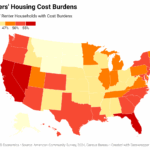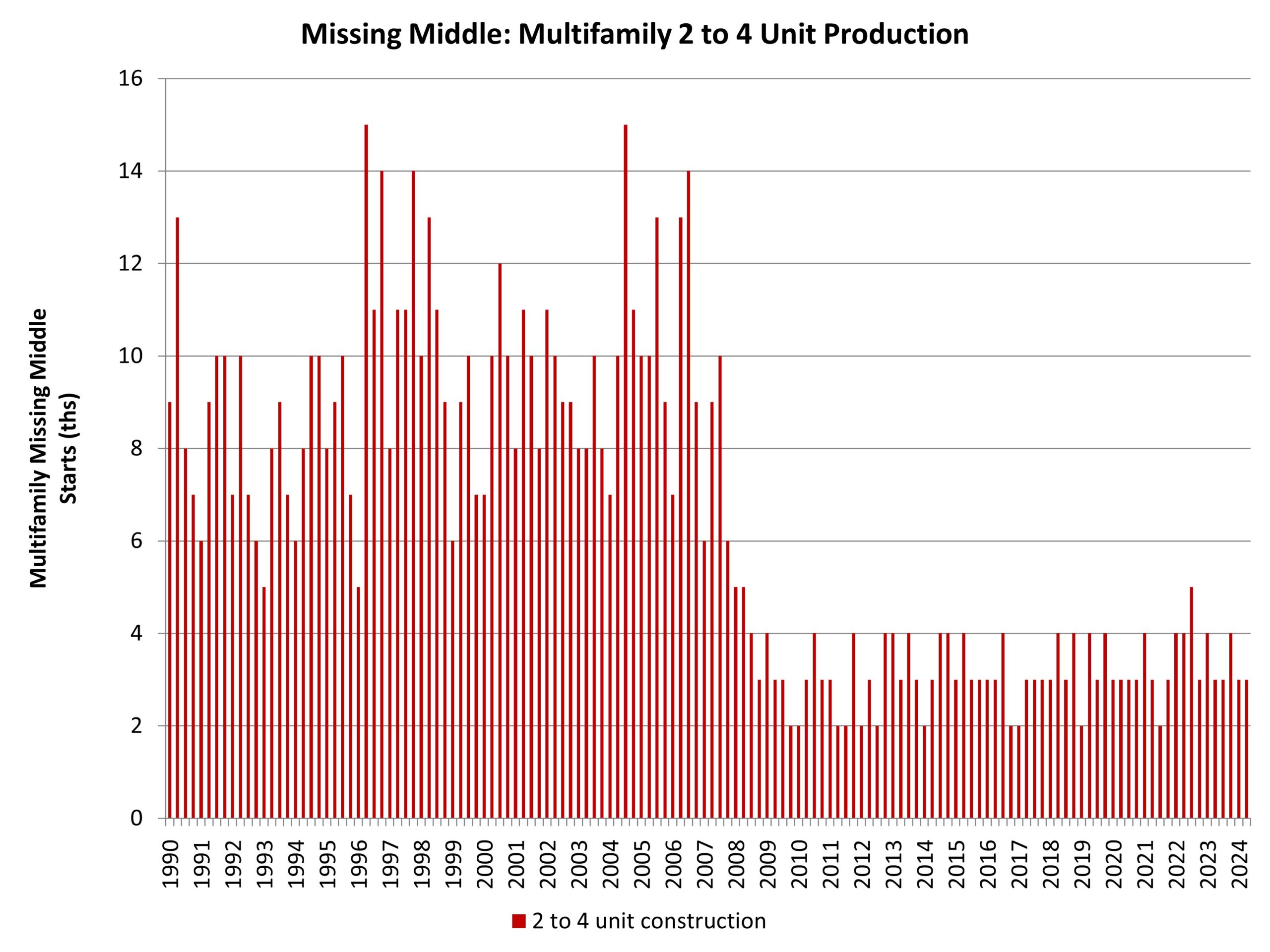Remarkably, Fannie Mae has officially removed the 620 minimum FICO requirement for Desktop Underwriter (DU) submissions, aligning their approach with Freddie Mac’s LPA as of Nov. 15. Approvals are now determined entirely by DU/LPA findings rather than a hard credit score cutoff. Strong compensating factors have the largest impact toward obtaining A/E findings—e.g., larger down payments, shorter terms, excess assets, etc.
Within the first week, some top national lenders reported the following:
- Many approved applications came in with sub-620 FICOs—roughly 6% of overall application volume—with some as low as 490.
- Several brokerages have already begun reevaluating their “fallout” files from the last 60 to 180 days, finding early wins among clients previously declined due to credit.
The 620 minimum credit score requirement—both for single borrowers and the average median score for multiple borrowers—was eliminated for new loan casefiles created on or after Nov. 16, 2025.
Why Does This Matter to Investors?
The Trump administration is making a concentrated effort to loosen credit and make borrowing more accessible and affordable.
Another example of expanding affordability is 50-year mortgages and, perhaps more important, mortgage portability. There are active discussions on how to enable homeowners to take their mortgages with them, similar to how consumers can port their cell phone numbers from carrier to carrier. The plan moves with them instead of the mortgage staying with the property.
This is a novel idea that could have a major impact on inventory. It is estimated that one-third of U.S. borrowers have a mortgage under 4%, creating a “lock-in” effect, with downstream inventory constraints.
By enabling borrowers to port their pandemic-era low-rate mortgages to either a downsized or upsized property, transactional activity would likely increase while relieving price pressures in some regions.
Conversely, there are many considerations for how these programs would be implemented, and whether they would actually level the market or skew favorability toward those with lower mortgage rates.
In the upsizing scenario, guidelines would need to be set for the property type. Could a primary mortgage be ported to an investment property, maybe after a certain period? And if the current loan balance was insufficient to cover the down payment difference on the purchase, will a second-lien program be introduced at more favorable rates? Otherwise, if the spread is large enough, the blended rate could actually be higher than a fresh conventional loan, albeit with the potential for extended amortization.
From a lender and servicing perspective, mortgage notes would be much more likely to be held to maturity, which could influence rates or loan costs, and new guidelines would be instituted for a new class of borrowers.
What to Do Now
Real estate investors should pay particular attention to developments in mortgage markets heading into and through 2026, as any significant revisions to “business as usual” could provide tight windows of opportunity to execute. Think of when rates bottomed during the pandemic, or the recently reimplemented 100% bonus depreciation for qualified and participating short-term rental acquisitions.
Anyone on the qualifying FICO fence, or who was recently declined for conventional loan programs as a result of credit score, including FHA programs, should check in with their lender for an updated prequalification or approval letter.



